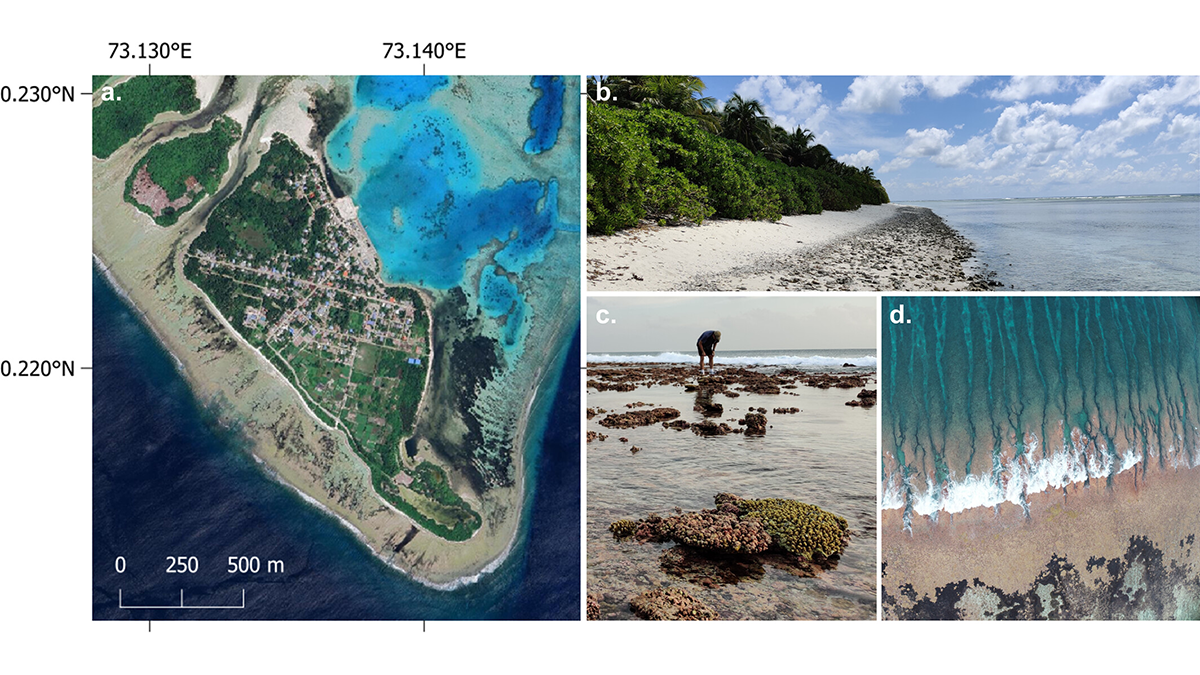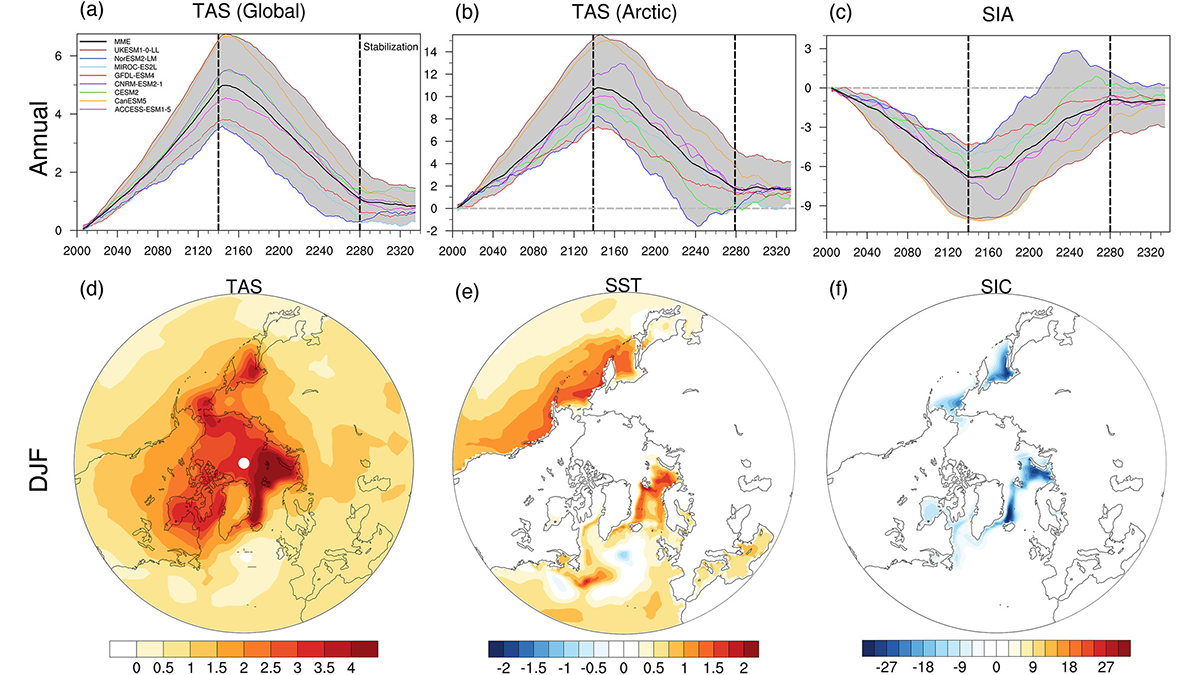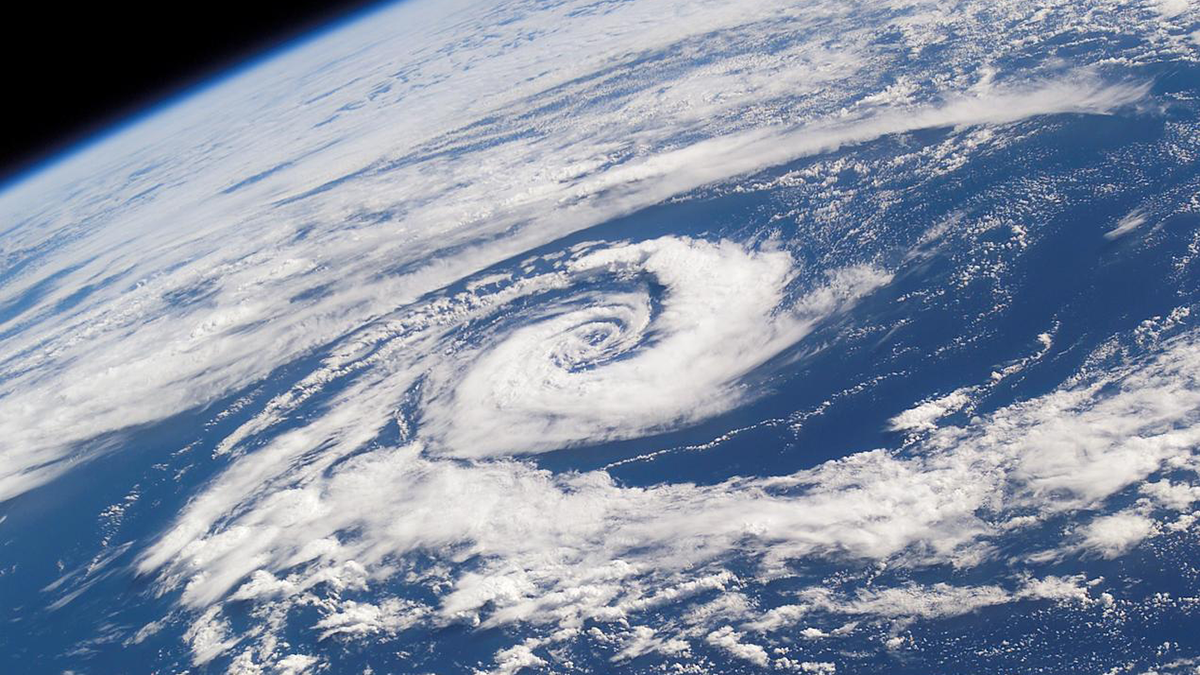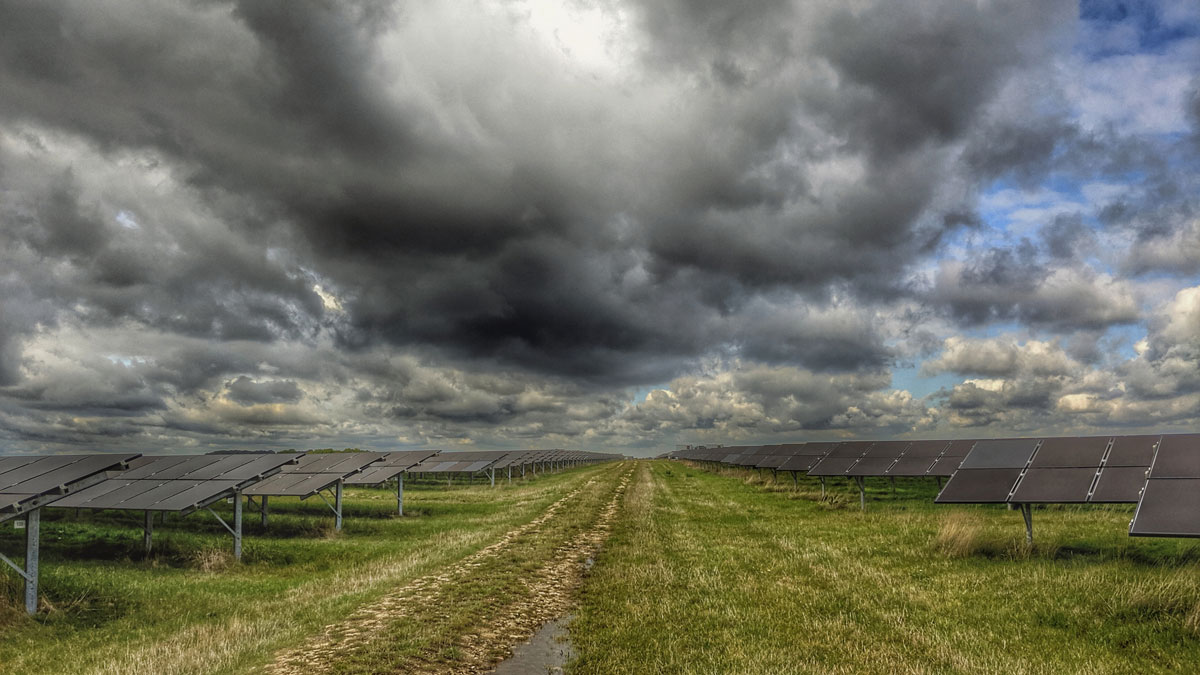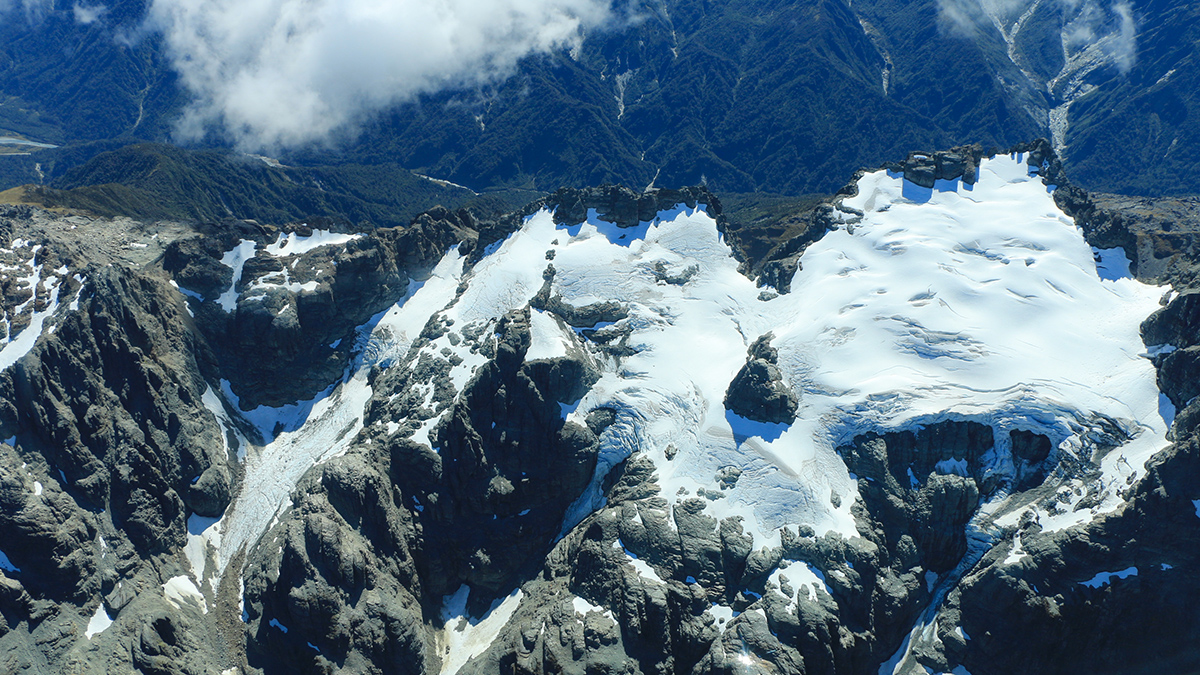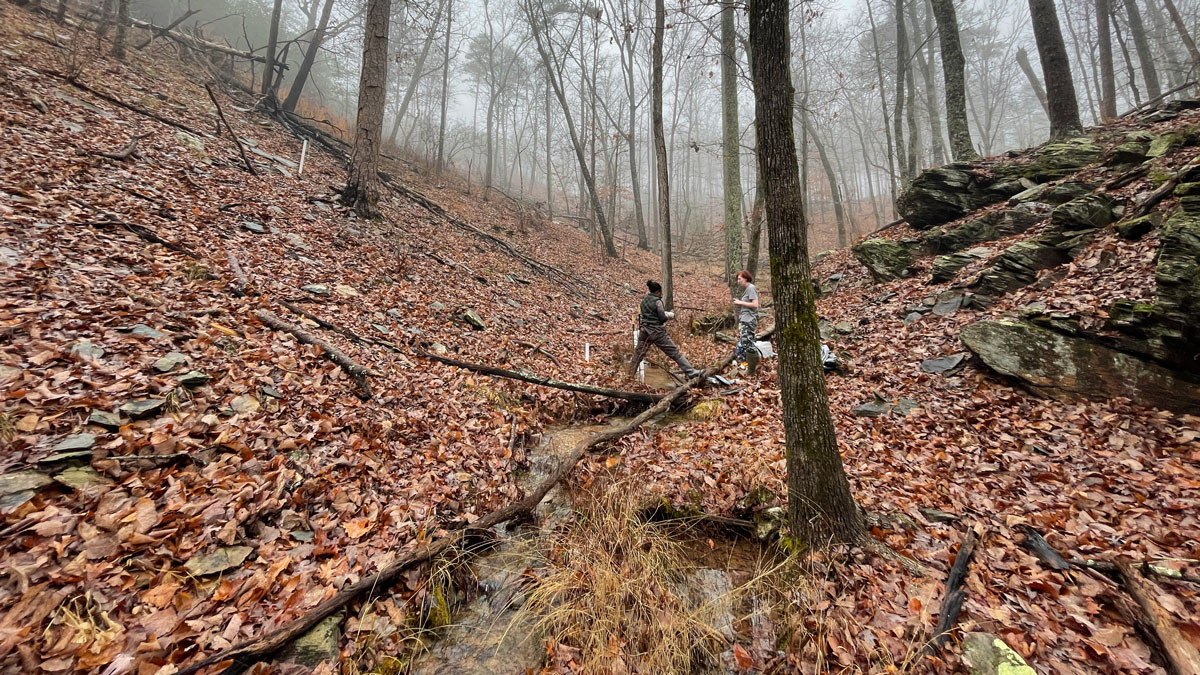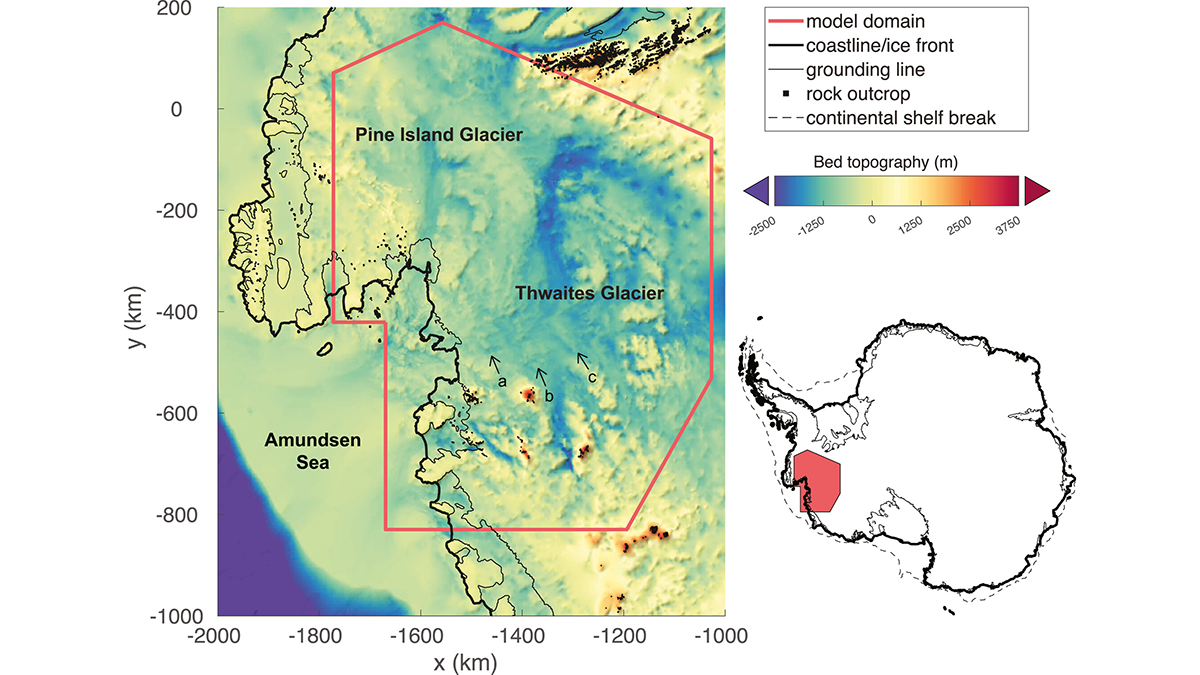Coastal models enhance understanding of future flooding frequency on atoll islands, paving the way to explore the limits of adaptation in the face of rising sea levels and climate change.
Climate Change
An Air Parcel’s Journey Through the Stratosphere
The “age of stratospheric air” measures the speed of the global transport circulation in the stratosphere, which is crucial for understanding the distribution of important trace gases, like ozone.
二氧化碳恢复后的北极海冰:对北大西洋天气的影响
北极海冰恢复不完全导致冬季急流向赤道偏移。由于海洋环流起到了额外的驱动作用,北大西洋急流的偏移尤其不确定。
The All-In-One Cyclone Identification Framework
Researchers present a new framework for global detection and classification of all low-pressure systems.
Solar Power Shortages Are on the Rise
More communities are relying on solar power as a source of renewable energy, but increasing demand and climate change threaten its reliability.
First Global Comparison of Glacier Mass Change: They’re All Melting, and Fast
By systematically assessing data gathered by different methods, researchers refined estimates of global glacier melt and its contribution to sea level rise.
The “Surprising” Effect of Drying Headwaters on Nitrogen Dynamics
Contrary to predictions, spring rains caused a decrease in nitrogen at watershed outflows in Alabama.
Climate Shifts Drive Episodic Drainage Changes
Drainage divide migration is influenced by tectonics and climate over long periods. New research in Israel shows that even shorter-term wet-dry cycles can move divides.
When Ice Ages End, Ocean Circulation Fine-Tunes Ocean Heat
New Antarctic ice core data bolster model predictions of ocean heat content during glacials and interglacials.
Nonlinear Dynamics May Lead to Faster Retreat of Antarctic Ice
The Antarctic ice sheet behaves like a non-Newtonian fluid and may be more nonlinear than previously thought. This impacts its future stability and requires revisions to predictions of sea level rise.

